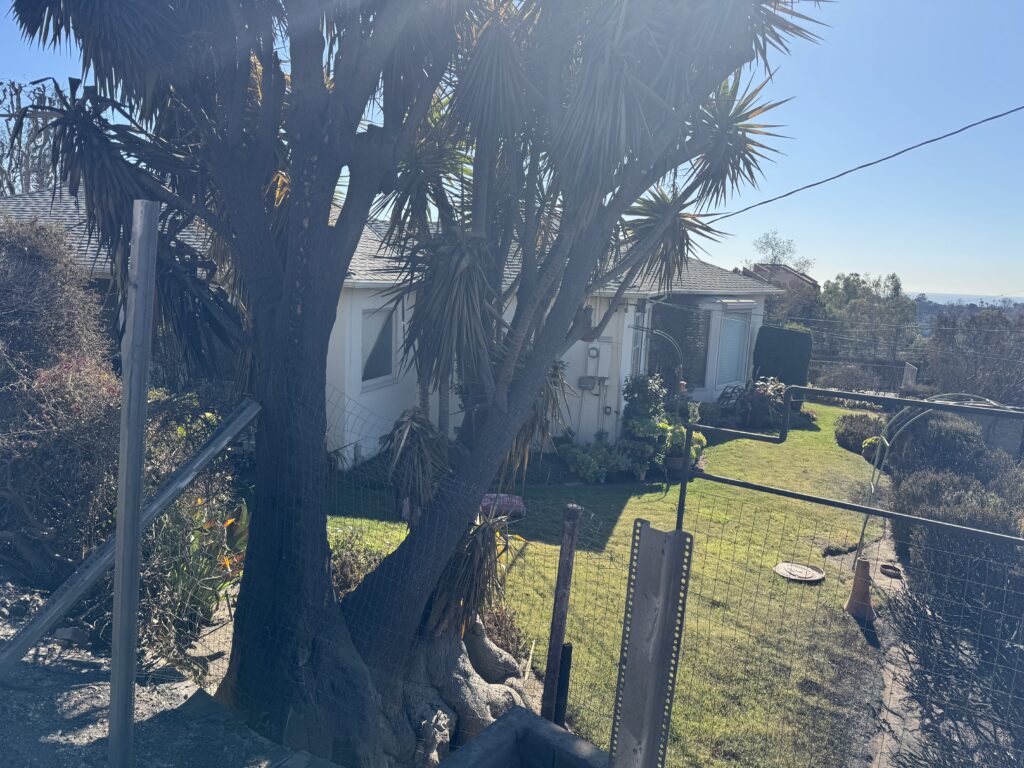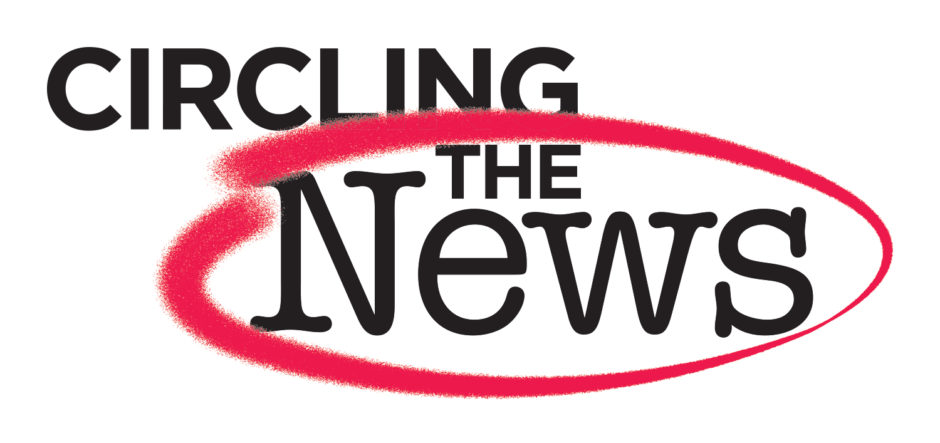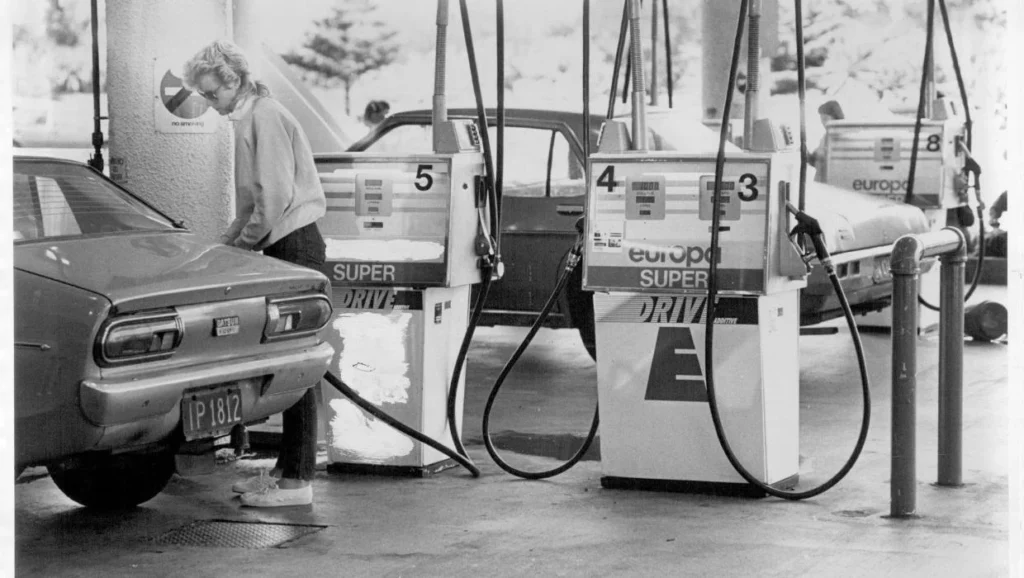
This small single-family home on Albright Street survived the fire–all other new modern homes around it on the street burned. Standing home yards were the subject of tests.
L.A. County Public Health used Dr. Adam Love of Roux, Inc. to test the soil of the standing homes in the communities damaged by the Eaton and Palisades Fires. Love leads Roux Associates’ Litigation Practice Group and provides forensic litigation support and expert witness services to clients throughout the United States on both environmental litigation and environmental insurance coverage related matters.
Specifically, soil samples were tested in intact homes/yards in the burn area. Between March 4 to 11, 780 parcels were tested, with about five samples per parcel, roughly 4,000 samples.
The findings? In Pacific Palisades “Widespread contamination from potentially fire-related chemicals are not evident,” the report stated. “There was some sampling of soils from isolated areas that had heavy metal and PAH concentration above screen levels, but the source for these localized impacts is unknown at this time. They are not consistent with communitywide impacts from fire-related smoke plumes.”
Eaton’s testing was not as positive as the Palisades. Intact parcels had lead levels above health-based screening thresholds downwind of the Eaton Fire. “This is consistent with the known age of housing stock in Altadena and the potential for lead-based paint.” (Lead paint was banned in 1978. It is estimated that 90 percent of the homes in Altadena were built prior to 1975 and still have that paint on the walls.)
The results were released on April 10 and love spoke during Mayor Karen Bass April 15 weekly meeting, to view the results click here or to see the video (Love is about 15 minutes into the video).
Residents who had concerns about their property may want to do their own testing click here.
As part of the CLEAN Project (Contaminant Level Evaluation and Assessment for Neighborhoods) through USC, a resident collected two tablespoon amounts of soil, listed the coordinates (can be found on google maps) of the collection and area where it was taken from (i.e. backyard, frontyard, garden). The American Legion was a collection site and the resident dropped them there about 10 days ago.
The resident was concerned because the house was in the upper Alphabet Streets and was completely surrounded by homes that were burnt to the ground.
The results of the lead score for this residence was 122 (ppm). In 2024, the EPA set a safety threshold for lead levels of 200 parts per million (ppm). Soils above this threshold may be hazardous, and more rigorous testing is recommended click here.
Cal EPA/OEHHA uses a level of 80 ppm as their screening level cutoff where concentrations may be unsafe for young children, fetuses and women who are pregnant. According to OEHHA, soil lead levels of 80 ppm are “highly unlikely to produce adverse effects to the most sensitive individuals exposed in a residential setting.”
The report also notes that lead occurs naturally in soil at low levels and below 80 ppm, you can grow food in these soils and children can play in the yards.
If a sample’s result is “<LOD,” that means lead levels were below the testing instrument’s limit of detection (LOD). The LOD is different depending on the sample, but is generally around 20 ppm.
The report also notes that in Los Angeles, generations of human activity (leaded gasoline) have contributed to a heightened level of lead in soils citywide. Even before the fires, much of the city’s soils would have exceeded the California lead screening level.

